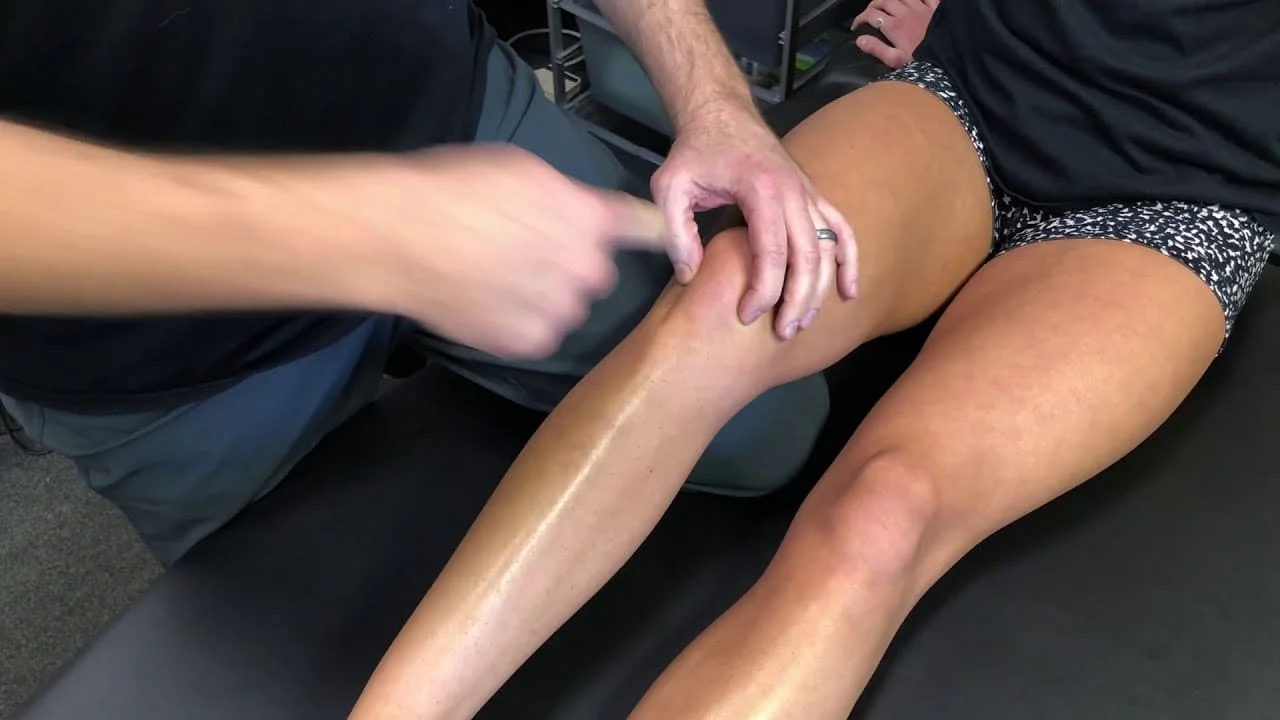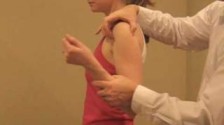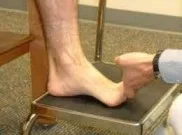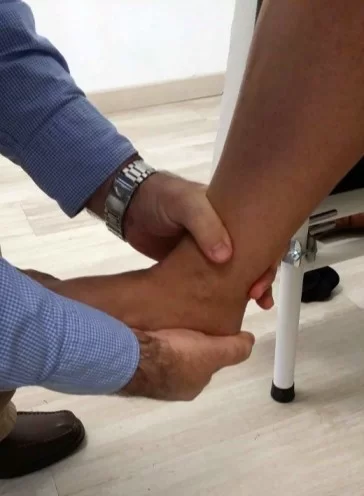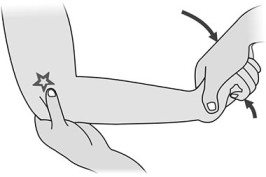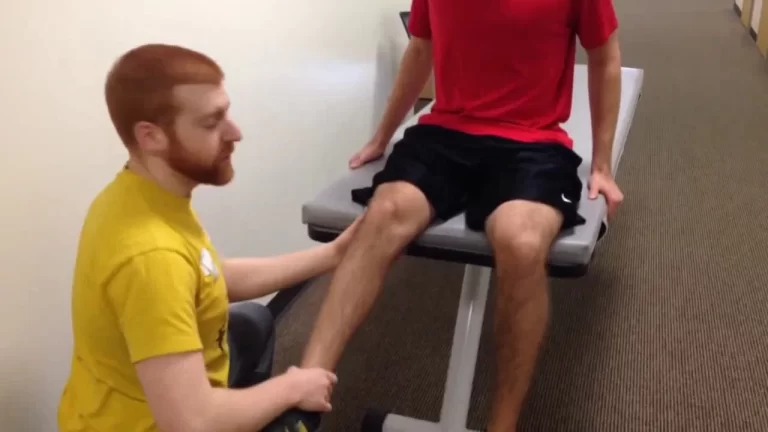Hoffa’s Test
What is a Hoffa’s Test?
Hoffa’s Test, also known as Patellar Fat Pad Impingement Test or Hoffa’s Sign, is a physical examination test used by healthcare professionals, particularly in orthopedics, to assess for potential issues in the infrapatellar fat pad, which is a fatty tissue located just below the kneecap (patella). This test is often employed when evaluating knee pain or discomfort, especially when it involves the front of the knee.
Purpose
The infrapatellar fat pad is a fatty tissue located just below the patella (kneecap), and the Hoffa’s Test (also known as the patellar fat pad impingement test or Hoffa’s Sign) is intended to help medical professionals, particularly orthopaedic specialists or sports medicine practitioners, diagnose and assess any potential problems with this tissue.
When evaluating patients who complain of knee pain or discomfort, especially in the front of the knee, this test is often used.
Technique
The patellar tendon’s medial or lateral side is pressed while the knee is flexed to assess each fat pad. When the pressure continues applied, the knee is passively stretched. This action intensifies the pain by forcing the pad into the patellofemoral joint.
If pain or discomfort is experienced during the final 10 degrees of knee extension, the test is positive for impingement.
Hoffa’s test should be modified, according to Krumar et al. By placing pressure on the proximal tibia with one hand and gripping the heel with the other, the knee is passively extended.
The goal of this technique is to extend the knee to its final few degrees of normal hyperextension without directly pressing on the infrapatellar fat pad. According to Krumar et al., putting pressure directly on the infrapatellar fat pad may cause pain in nearby structures, leading to a false positive, while impingement should occur during terminal extension without any direct pressure over the fat pad if the fat pad is pathological.
Evidence
There is no proof that Hoffa’s test or its modification is sensitive or specific.
Summary
Positive findings in Hoffa’s Test may suggest inflammation or impingement of the infrapatellar fat pad. This condition can occur due to various factors, such as overuse, trauma, or other knee-related problems. It is important to note that a positive Hoffa’s Test is not a definitive diagnosis but rather an indication that further evaluation, such as imaging studies (e.g., MRI) or additional clinical tests, may be needed to determine the exact cause of the knee pain or discomfort.
As with any medical test or assessment, Hoffa’s Test should be performed by a qualified healthcare professional who can consider the results in the context of the patient’s medical history, physical examination findings, and other diagnostic tests to arrive at an accurate diagnosis and treatment plan.
FAQs
How do you test for Hoffa’s syndrome?
The patient should be lying supine with their knee flexed between 30 and 60 degrees to perform the test. The examiner applies direct pressure to the medial and lateral sides of the inferior pole of the patella while supporting the tibia dorsally with one hand. The same procedure is carried out while extending the knee.
What is Hoffa’s fat pad compression test?
The patellar tendon’s medial or lateral side is pressed while the knee is flexed to assess each fat pad. When the pressure continues applied, the knee is passively stretched. This action intensifies the pain by forcing the pad into the patellofemoral joint.
References
Hoffa’s Test. (n.d.). Physiopedia. https://www.physio-pedia.com/Hoffa%E2%80%99s_Test

